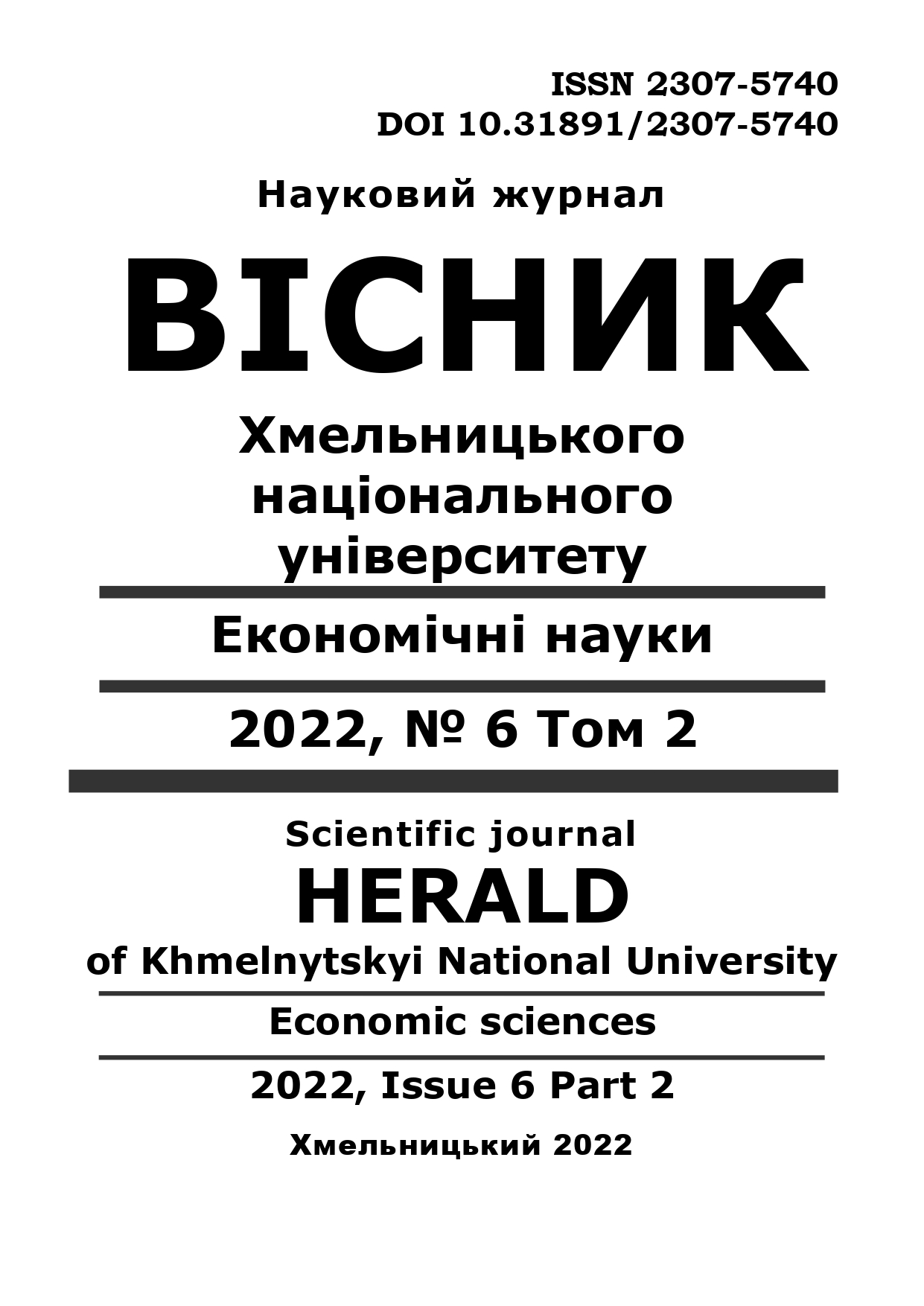THEORETICAL AND METHODOLOGICAL APPROACHES OF THE RE-ENGINEERING PROCESS IN THE FIELD OF HIGHER EDUCATION UNDER THE CONDITIONS OF WAR
DOI:
https://doi.org/10.31891/2307-5740-2022-312-6(2)-42Keywords:
reengineering, educational industry, education industry, implementation of reengineering, implementation approachesAbstract
Recently, higher education institutions have changed their approach to the financing system, focusing on self-supporting and autonomous principles. However, educational services markets are atypical centers that differ from other business structures, functioning based on non-profitability. Global positive practices indicate the need to increase attention to improving the management of higher education institutions and the search for updated, innovative methods of improving the organization of the system of regional educational services. Practically justified in this sense is the concept of business process reengineering, which will increase one's credibility and provide an opportunity to introduce convenience, quality, and anti-crisis into the educational process. That is, reengineering business processes in the educational sector should be considered a necessary innovative solution under the conditions of various types of crises, including military ones. The article aims to clarify the theoretical and methodological approaches to the application of reengineering methods in the activity of the educational sector markets with further reproduction under conditions of war. The research tasks are analysis of the functioning of regional markets of educational services under war conditions, elucidation of the essence of reengineering processes in the educational sector and outlining the expected results of the effectiveness of educational institutions in the future as a result of innovative innovations. Higher education institutions generally focus on providing high-quality educational and scientific services to students. Today, the main task of forced distance and diverse forms of education is the timely introduction of innovative software and the availability of safe and equipped shelters. It is necessary to create conditions for effective interaction between higher education subjects through the electronification of training courses, network testing processes, electronic control of knowledge, and accessibility to high-speed Internet. It should be understood that these innovative measures involve the use of financial and human efforts, which in turn makes it necessary to adhere to the curricula of competencies that reveal the patriotic, educational, military, social, and social abilities of the student of higher education.


